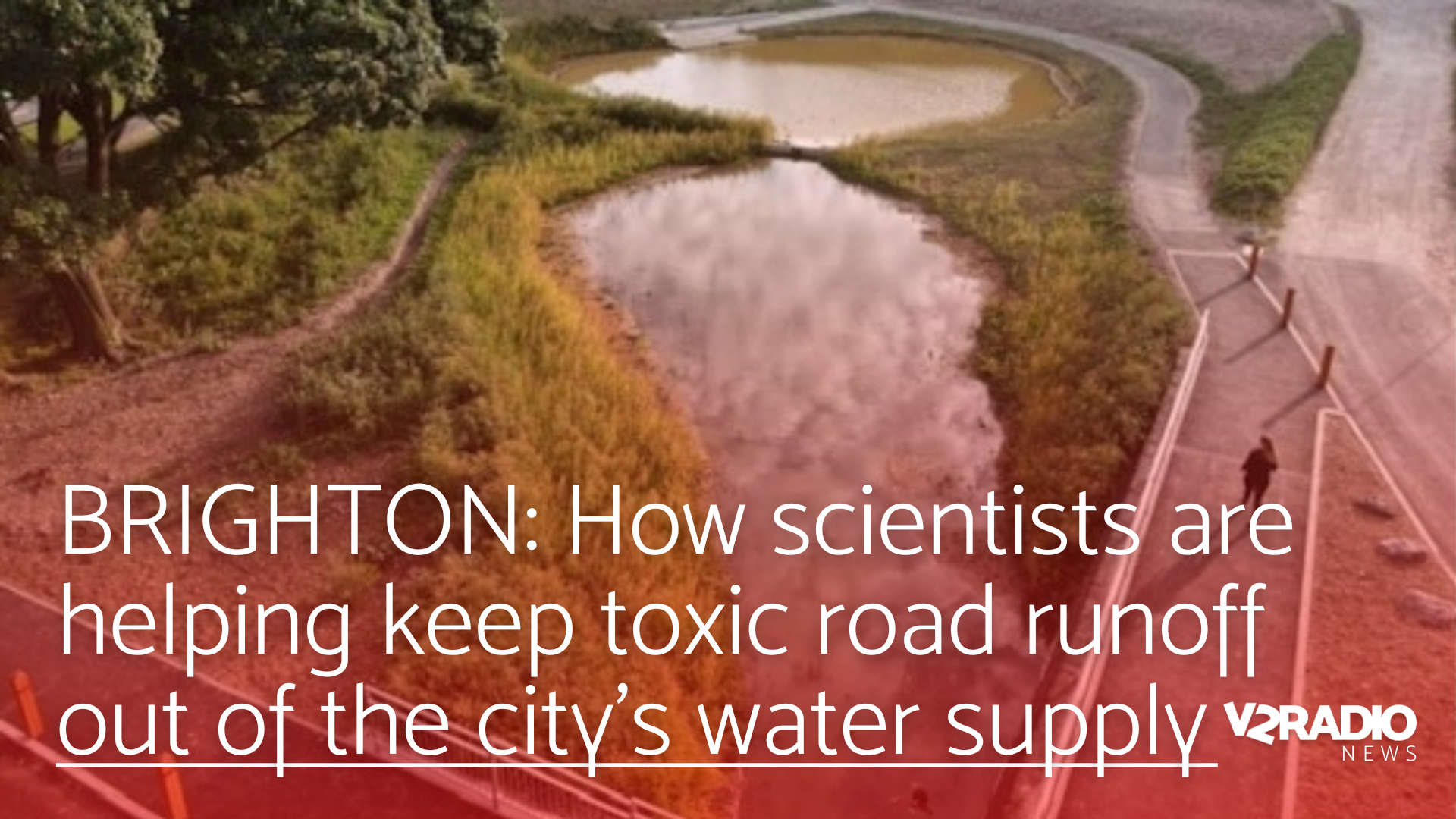
A major new project in Brighton & Hove aims to protect 90 per cent of the city’s drinking water from toxic road pollution.
The Wild Park rainscape, built beside the A27, captures and filters polluted rainwater before it seeps into the chalk aquifer that supplies most of the city’s water.
The scheme is led by Brighton & Hove City Council, with research from the University of Brighton.
The initiative draws on groundbreaking research led by Professor Martin Smith, Professor of Geochemistry at the University of Brighton’s School of Applied Sciences, with support from MRes Geoscience graduate Polly Walters.
Professor Smith explained: "When polluted water from our roads seeps into the aquifer, it’s not just a scientific problem – it’s our drinking water, our children’s health, and our local environment at stake. Projects like the Wild Park rainscape make sure the water we rely on every day is safe."
Before construction began, the Brighton team monitored runoff from the A27, establishing a baseline for pollutants. Their studies revealed the scale of road runoff pollution: water in the area contained higher levels of contaminants than recommended.
Lead, a remnant from older fuels, chromium from road markings, and polyaromatic hydrocarbons from tyres and asphalt were all present. Much of this pollution travels as solid particles, which can move long distances, linger in soil and waterways, harm wildlife, and even enter the food chain, posing a threat to human health.
Laboratory tests by Professor Smith and Walters showed that much of this contamination could be captured before it reached the soil. Removing solids alone addresses around 80% of the pollutants, with plants and natural processes handling the rest.
After six years of planning, the rainscape now combines engineered solutions with wetlands. Water from the motorway travels along a 1.2-mile route, passing through multiple filtration stages before it reaches the ground. Two vortex separators remove the bulk of solids, while planted basins of reeds and grasses, along with sunlight and microbes, are intended to break down remaining pollutants. By the time water leaves the system, it is clean and safe.
Looking ahead, the University of Brighton team will continue long-term monitoring in the coming years to measure the rainscape’s impact on water quality, pollutant removal, and biodiversity. Their findings aim to protect Brighton’s aquifer and provide a science-based model for cities worldwide facing similar stormwater challenges. The monitoring will reveal how well the system performs and provide valuable insights to guide the design of future projects.
This approach goes far beyond some drainage systems – which let polluted water sink into the ground or enter surface waters – and the impact is wide-reaching. The rainscape not only filters pollutants but also slows water flow to reduce flood risk, improves local water quality, and creates new habitats for wildlife. As climate change brings heavier rainfall, the project offers a practical model for cities worldwide to address increasing stormwater pressures.
Professor Smith explained: “The Wild Park rainscape is a great example of a sustainable drainage system. Working with BHCC, The Aquifer Project and the Living Coast Biosphere has allowed us to demonstrate the need for this kind of project and to undertake research and teaching involving geography, environment and engineering students at Brighton to demonstrate how well these systems work, and to understand the processes involved to inform the design of future projects.”
Ed Santry, Biosphere Programme Manager at The Living Coast UNESCO Biosphere, said: “Biospheres promote innovative local solutions, to conserve biodiversity, preserve ecosystems and tackle climate change. The Wild Park rainscape is a perfect example of partners coming together to deliver a valuable project both for nature and people. By embedding valuable research and monitoring, the rainscape will help us in developing future projects to protect our chalk aquifer”.
Councillor Trevor Muten, Cabinet member for Transport and City Infrastructure said: “The Wild Park rainscape is a fantastic demonstration of what can be achieved when a range of partners work together to find practical ways of adapting to climate change.”
“The rainscape is a ground-breaking project in more ways than one, harnessing the power of nature to filter out pollution and protect the underground chalk aquifer which supplies much of our drinking water.”
“But it’s much more than that. Using the natural capacity of ponds and reed beds with specially designed infrastructure, the rainscape captures stormwater run-off from roads helping to prevent flooding and provides a stunning new landscape for people and wildlife in Wild Park.”
But the project isn’t just about tackling pollution — it’s also about supporting people.
Wild Park sits in Moulsecoomb, one of Brighton’s most disadvantaged areas, and the new rainscape aims to bring wider benefits to the community. By creating ponds and green spaces, it’s hoped residents and visitors alike will be encouraged to spend more time enjoying the park.
As climate change leads to heavier rainfall and urban drains come under pressure, polluted runoff is set to become a growing challenge. Brighton’s Wild Park rainscape shows how local partnerships can deliver global lessons in protecting water, wildlife, and communities.
The project reflects Brighton’s vision of a city where people and nature thrive side by side — and the University of Brighton’s commitment to turning research into real-world solutions that safeguard resources and improve lives.

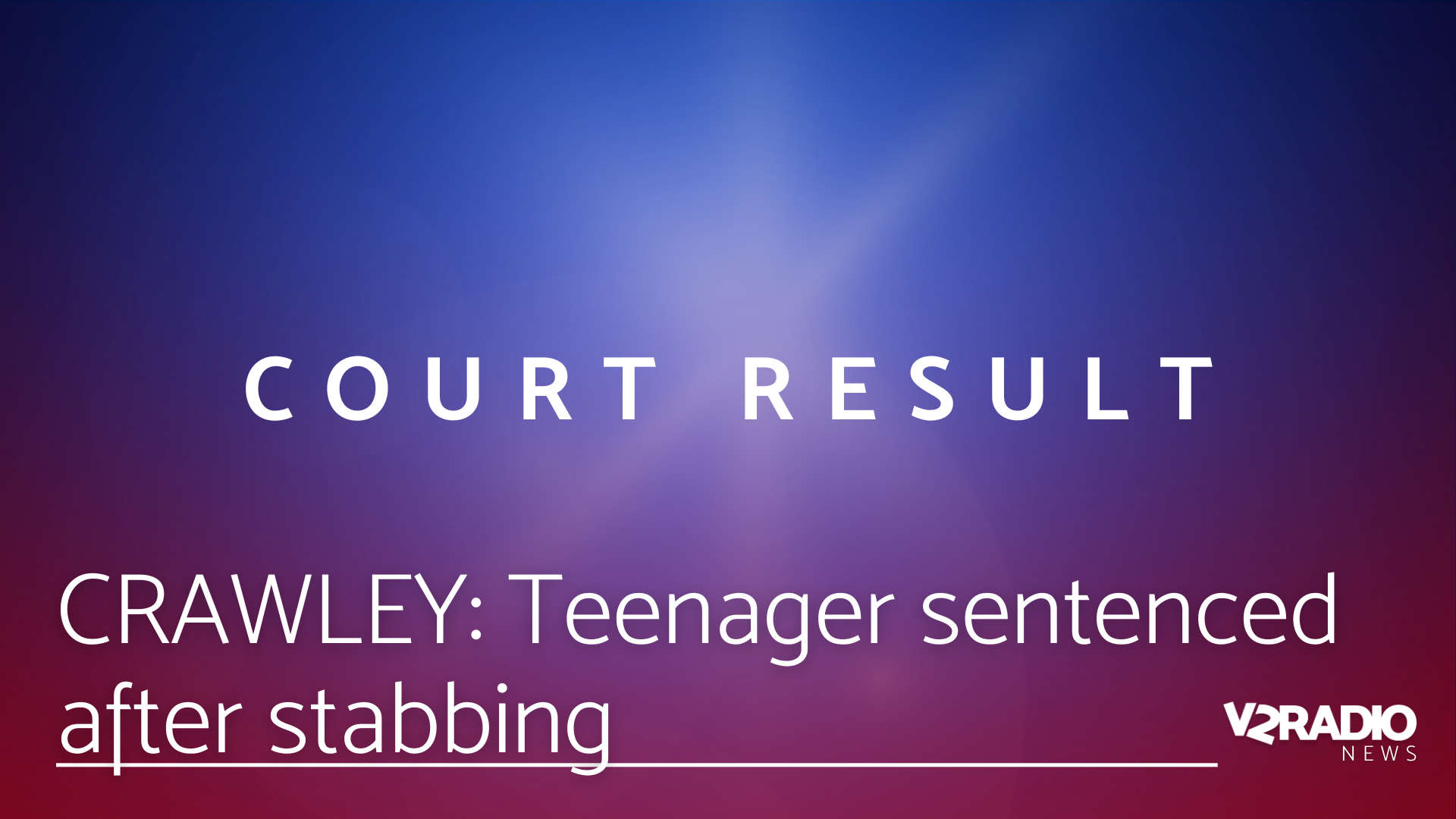 Teenager sentenced after stabbing in Crawley
Teenager sentenced after stabbing in Crawley
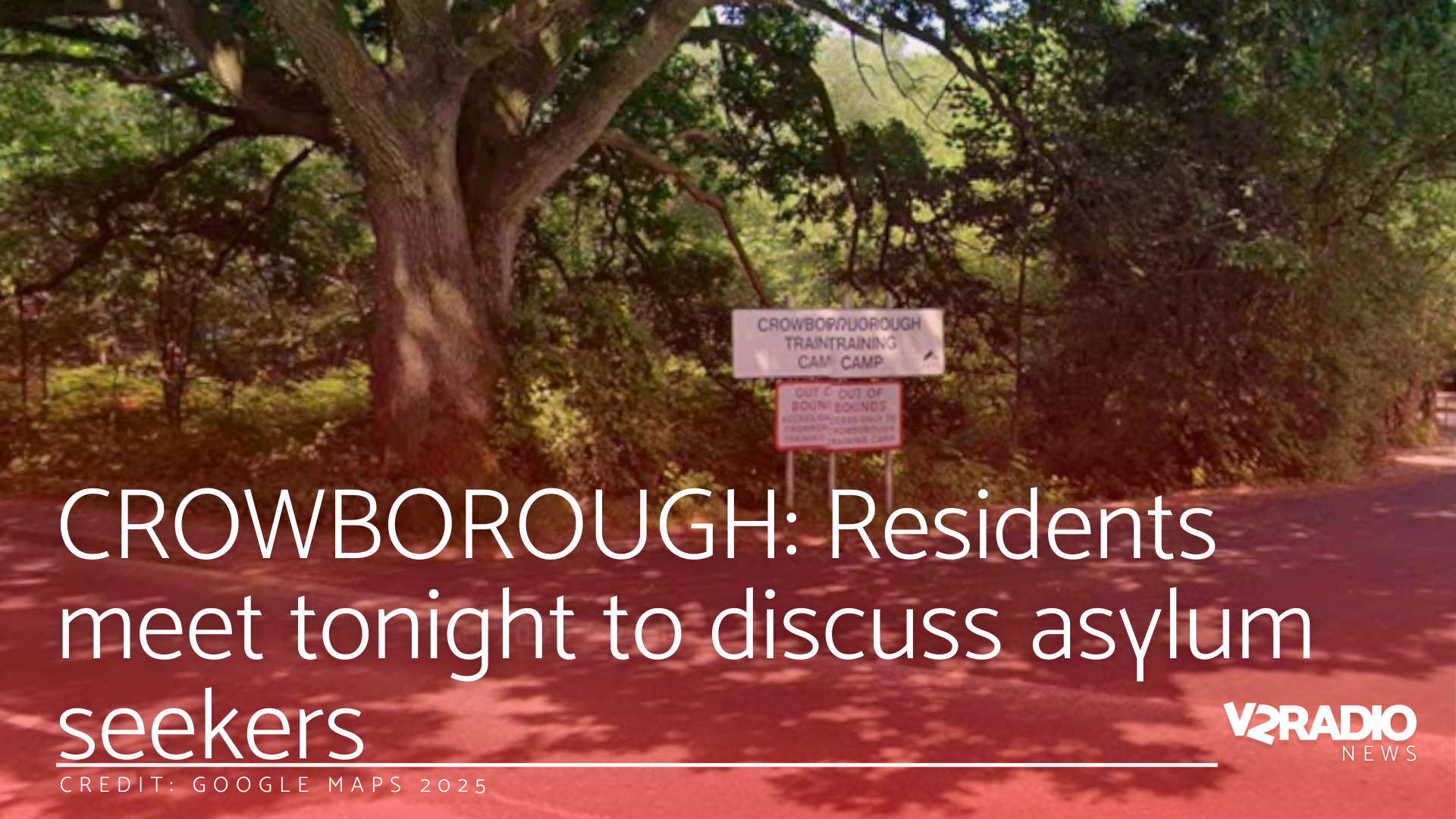 Residents in Crowborough meet tonight to discuss plans for asylum seekers
Residents in Crowborough meet tonight to discuss plans for asylum seekers
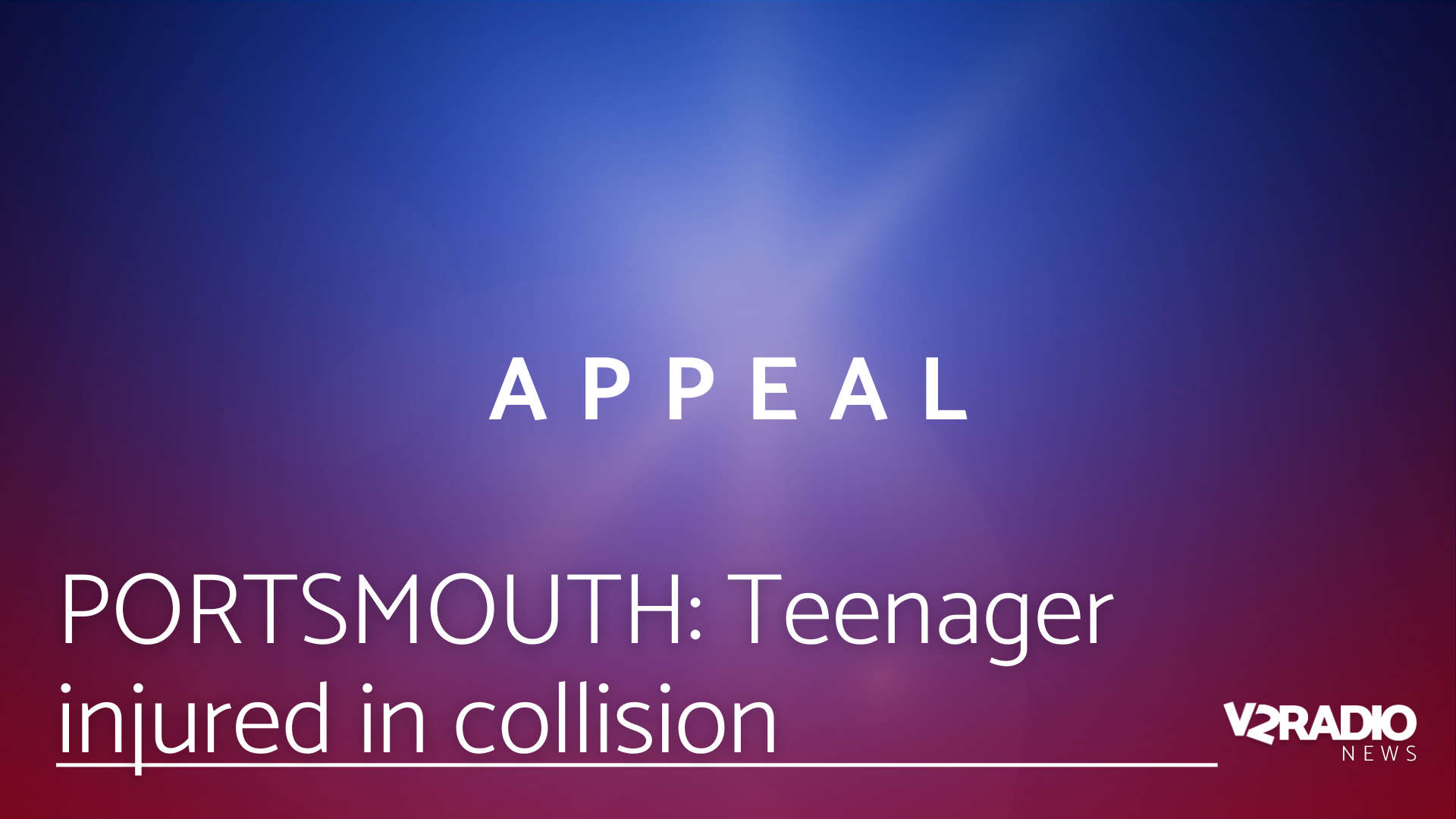 Appeal after teenager injured in Portsmouth collision
Appeal after teenager injured in Portsmouth collision
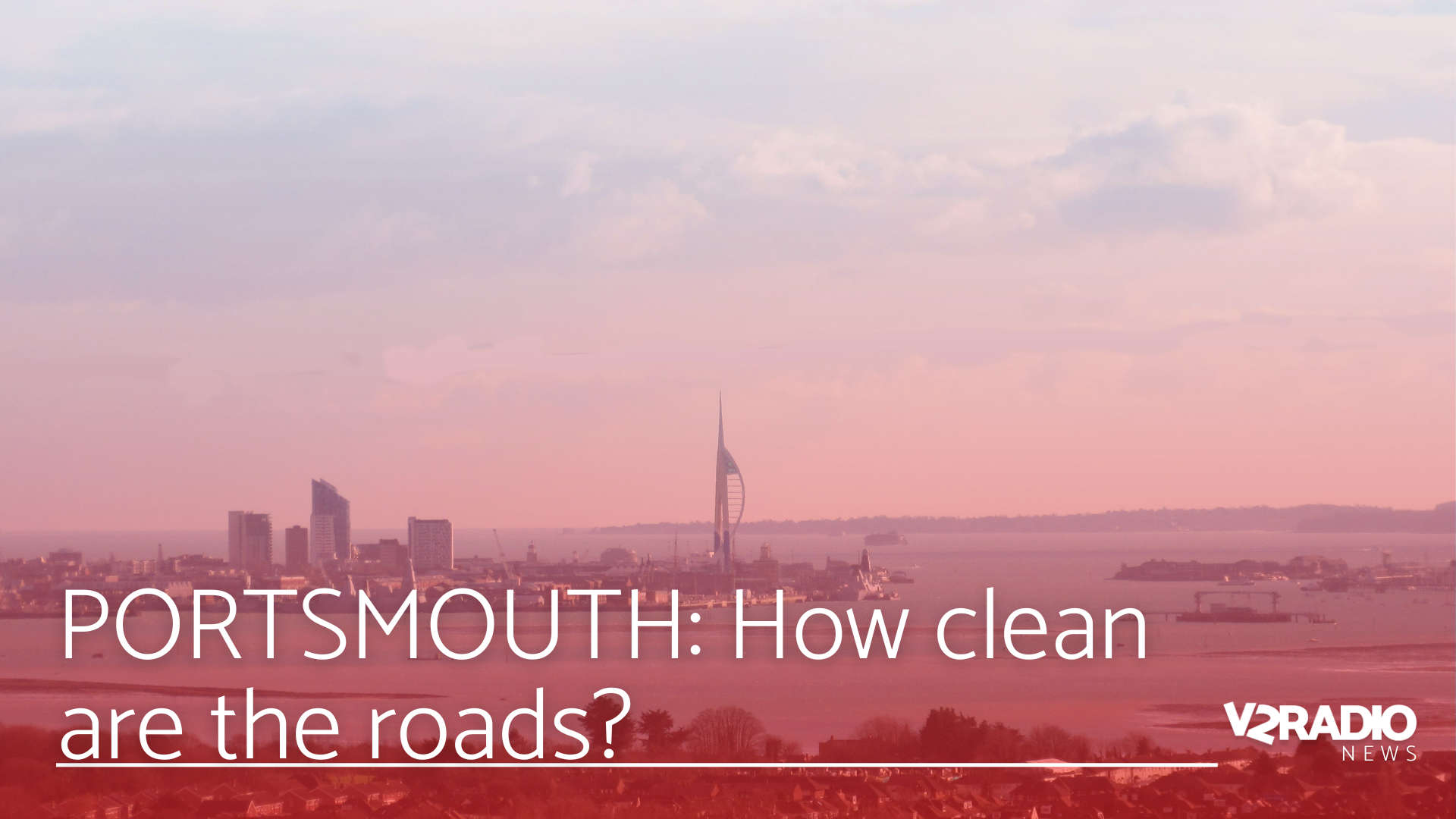 How clean are Portsmouth's roads?
How clean are Portsmouth's roads?
 Hastings cardiac arrest survivor urges public to get trained in CPR
Hastings cardiac arrest survivor urges public to get trained in CPR
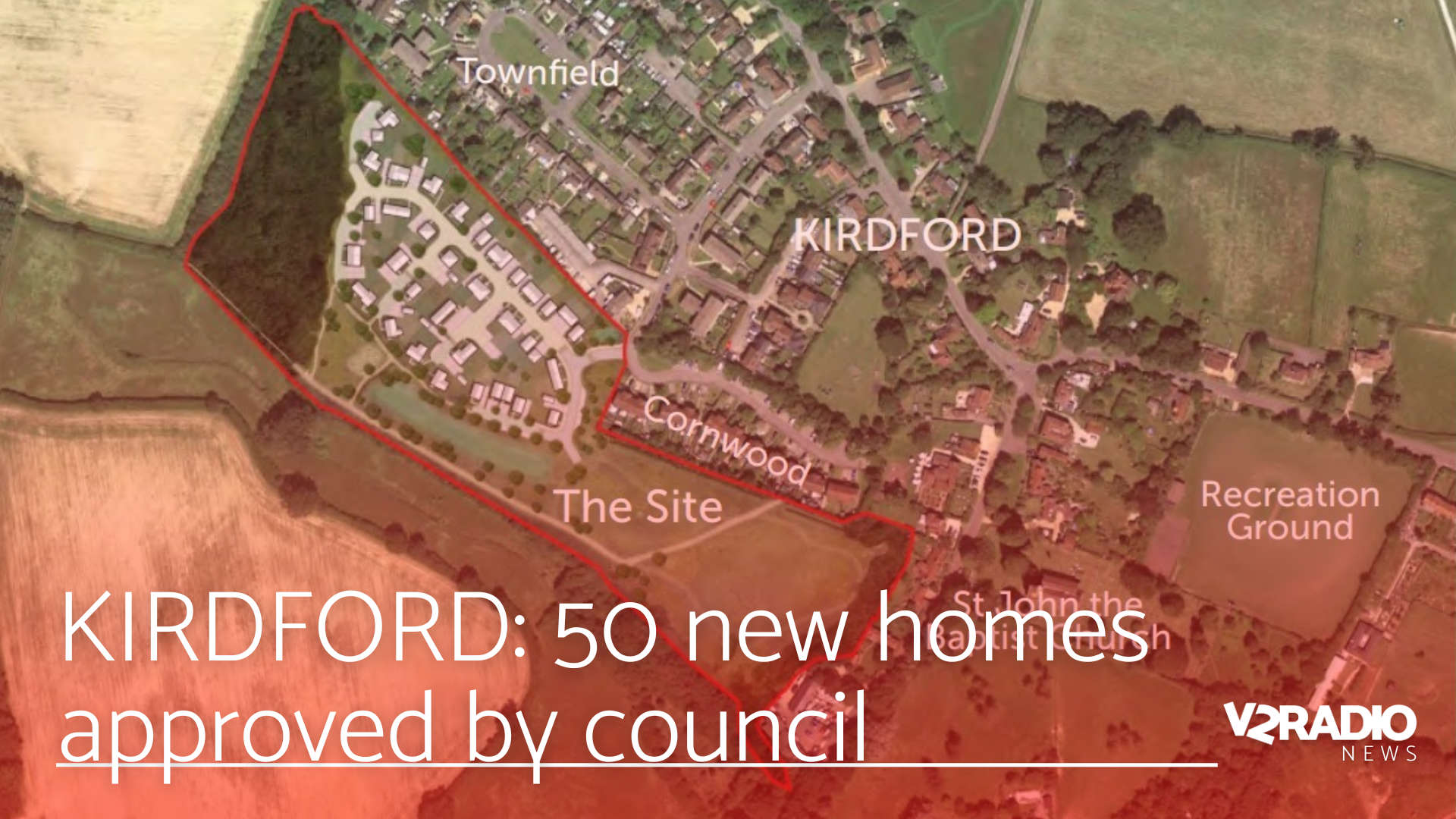 50 homes in Kirdford approved
50 homes in Kirdford approved
 Housing Support in mental health services transforms lives across Sussex
Housing Support in mental health services transforms lives across Sussex
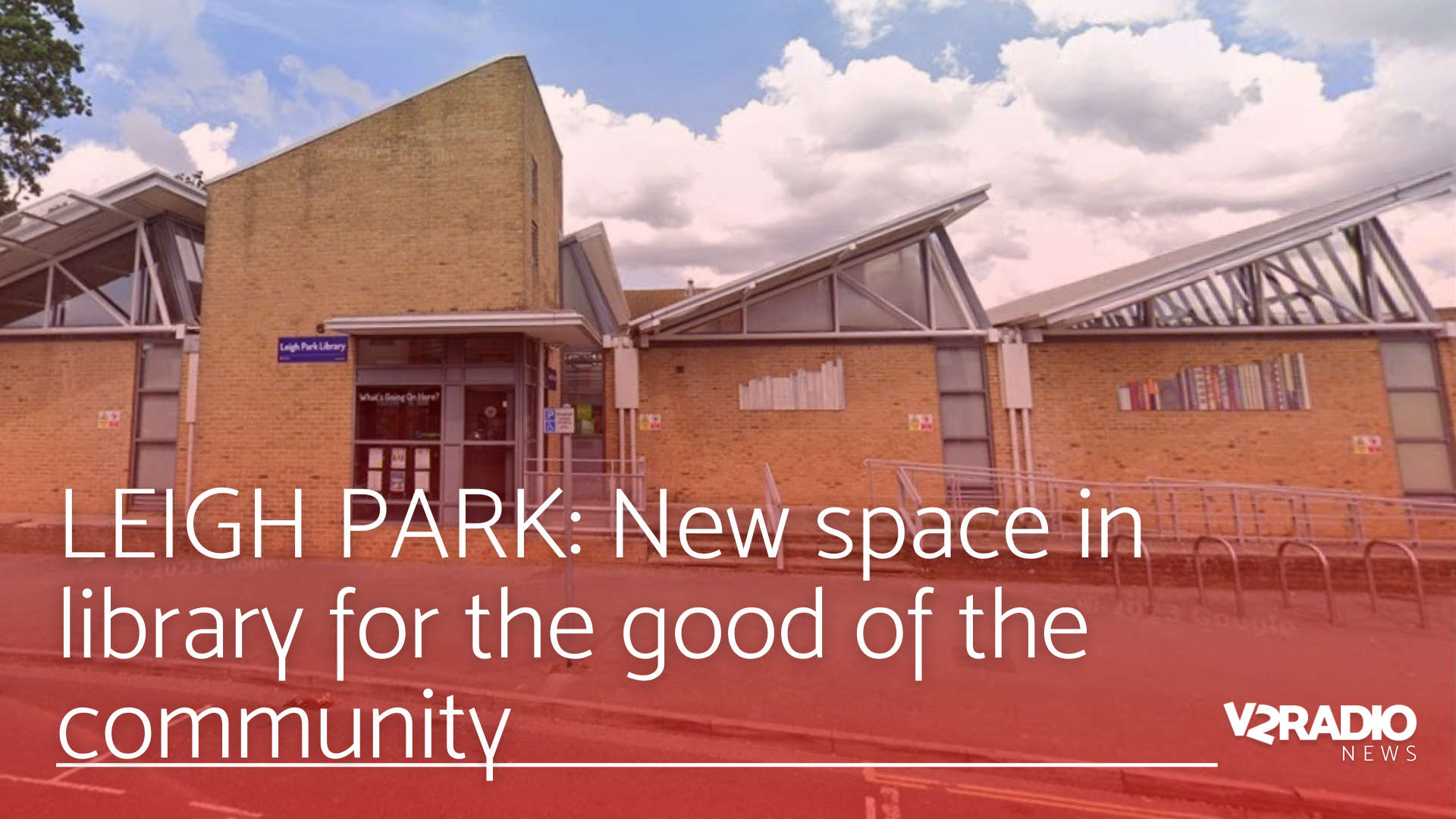 Leigh Park Library to get new multi-functional space for the good of the community
Leigh Park Library to get new multi-functional space for the good of the community
 West Sussex Fire & Rescue Service celebrates excellence and bravery at annual awards ceremony
West Sussex Fire & Rescue Service celebrates excellence and bravery at annual awards ceremony
 Helping wildlife in the South this winter
Helping wildlife in the South this winter






